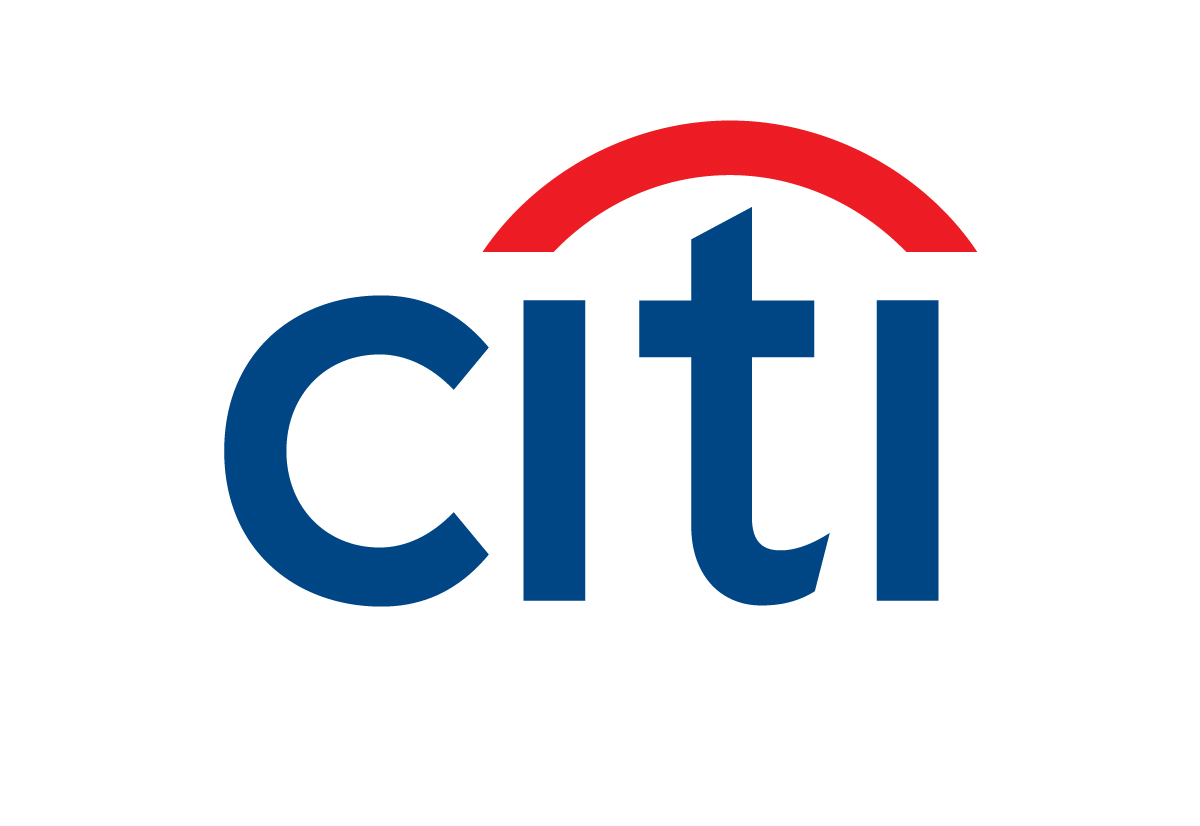
Transition ramps up in global funding markets
Transition has become a buzz word in global sustainable finance markets. Two Sydney-based Citi executives – Ian Campbell, head of sustainability and corporate transitions, Australia and New Zealand , and Ollie Williams, head of debt capital markets, Australia and New Zealand – are joined by Keith Tuffley, vice chairman and global co-head of sustainability and corporate transitions at Citi in London, to discuss the impact transition is having on corporate strategy and investor engagement around the world.
Funding transition is bringing more issuers to the sustainable finance table in Australasia. Why is this, and what does it mean for financing?
CAMPBELL Transition implies an issuer’s assets are currently carbon intensive or heavy users of fossil fuel. This component resonates most with corporate Australia, because our issuers know they have to examine how they transition their businesses as a whole.
This is coming through in real targets. Since the emergence of sustainable finance, the number of companies with net zero by 2050 targets has grown significantly. The banking system globally clearly wants to advise and assist pathways to net zero.
To get a pathway it is necessary to have interim goals. Those goals nowadays have to include scope-three emissions as well as scope-one and scope-two, and increasingly be aligned to a 1.5 degrees celsius scenario.
The product that comes up most often when discussing supporting this type of transition is a sustainability-linked loan (SLL) – it is almost always the first financial instrument that allows companies to integrate a net-zero pathway into its financial planning and reporting systems.
SLLs will continue to grow in popularity, also because they are the quickest and most flexible way to deliver innovation. The format is agreed among a group of banks that want to achieve the same goals, which is to help decarbonise their loan portfolios going forward.
WILLIAMS Another aspect, when it comes to the bond market, is that some issuers and certain sectors globally are favouring sustainability-linked bonds (SLBs) given there might not necessarily be an immediately available and sizeable pool of long-dated assets that can specifically be used for a green use-of-proceeds (UOP) bond.
SLBs, or KPI-linked bonds, are proving to be very popular with some borrowers, based on their transition frameworks. However, UOP bonds remain the most common ESG issuance format – for instance 52 per cent of global ESG issuance in 2021 was done in UOP format.
"It used to be very much a heavily European-focused discussion, but US investors have closed the gap markedly over the past 6-12 months. Investors globally have the same key questions and expectations when it comes to satisfying themselves that issuers’ ESG plans and targets are ambitious and achievable."
From here, is it a case of honing sustainability-linked products so more borrowers see a natural path to SLB issuance, or will evolution go in a different direction – perhaps reaffirming UOP primacy or away from labelled product entirely?
CAMPBELL This is a discussion we have been having a lot and it really goes to the heart of what everyone is trying to achieve: what is the end state? It is possible that, by 2030, we will have gone back to bond issuance all being for general corporate purposes but where deals stipulate and incorporate a measurable environmental, social and governance [ESG] score based on a globally agreed platform.
At the moment, the market is more often than not prepared to offer borrowers a ‘greenium’. But in five or seven years’ time it is possible or even likely that borrowers will all have a central ESG framework built into their systems and will all be getting sustainability disclosure scores by rating agencies, MSCI, Bloomberg or the like. In this case it may be that borrowers effectively get taxed when they seek financing if their ESG score is perceived to be below investor expectations.
Our perception is that investors are increasingly moving from a risk-reward lens as they assess portfolio construction to risk, reward and impact.
I suspect this is where we are heading, and if it is it would be a great result. What we are asking borrowers today is: if this is the end state, would you rather be at the front of the pack, getting the lower capital financing benefits today that might end up eroding in the future?
What is the nature of conversations you are having with clients in Australasia today on sustainable finance and transition in particular?
CAMPBELL There is a lot more enthusiasm, energy and excitement around the opportunity for companies this year than I have ever seen before.
WILLIAMS We are certainly seeing more and more sectors coming to market with different structures and sets of KPIs across the sustainability-linked format. This has further enhanced the dialogue we are having with issuers and investors.
It is being driven by the growing range of supply precedents as well as new technology being deployed – especially in Europe, but also increasingly in the US. Obviously a lot of our Australian and New Zealand clients are focused on raising debt offshore, and they want to ensure they are closely following what is happening in these key offshore ESG markets.

Ian Campbell and Ollie Williams Citi
Are borrowers or investors the main driver of sustainable finance adoption?
WILLIAMS It is more the case that a lot of issuers are implementing sustainability strategies through their treasury function as part of a broader corporate ESG ethos. This is definitely a top-down phenomenon.
CAMPBELL It is also a much more permanent move of late than it has been previously. Boards, CEOs and management understand that they need to get this right. It is not just a financial benefit, either: they now understand it is a corporate benefit, especially as social change is coming through almost as fast as environmental.
Investor groups are growing exponentially. I believe the assets of institutions that have signed up to GFANZ [Glasgow Financial Alliance for Net Zero] have grown to represent US$133 trillion of capital pledged to net zero, up from the 2019 alliances of around US$44 trillion. Investors are asking management to ensure their executive compensation is linked to ESG performance, which is bound to drive change.
WILLIAMS It is also much more of a whole-of-house approach among our clients nowadays – it is not a conversation driven by what sort of discount might be achievable on the next bond issue, but more because it is part of corporate strategy. In other words, it makes sense to incorporate it within the treasury function rather than the other way round.
A relatively new phenomenon is businesses restructuring around ESG considerations, for instance Daimler separating its truck and passenger vehicle operations effectively into two companies. What is the purpose of this sort of corporate activity, and how do lenders – bank and capital market – ensure they are achieving positive impact as businesses realign?
TUFFLEY At Citi we are seeing a marked increase in corporate restructuring – especially here in Europe. This is often driven by the need to raise capital for substantial capex for transition investments, for example the electrification of a vehicle fleet. At the same time, new investment funds are being created specifically to support the brown-to-green transition, while banks and investors are now actioning their net zero financed emissions commitments. This is influencing the availability and cost of capital for climate transition strategies.
As examples of such corporate restructures, Cit advised Daimler on its recently completed restructure to separate its passenger car fleet, which will move to electric, from its truck manufacturing business, which most likely has a hydrogen future. We were also involved in a restructure for Harley Davidson, to partially separate out its electric motorbike division via a de-SPAC [special purpose acquisition company] process with AEA-Bridges.
“To get a pathway it is necessary to have interim goals. Those goals nowadays have to include scope-three emissions as well as scope-one and scope-two, and increasingly be aligned to a 1.5 degrees celsius scenario. The product that comes up most often when discussing supporting this type of transition is a sustainability-linked loan.”
How important is it for borrowers to be credible on ESG even if they are not planning an ESG-labelled transaction? How does this vary between jurisdictions?
CAMPBELL It is still the case that European investors have the most laser-like focus and the most questions on ESG. The numbers bear this out: something like 6 per cent of total US dollar issuance last year was labelled bonds whereas in Europe it was more like 30 per cent.
But the process is the same. On any roadshow meeting there will be an industry-specific credit analyst, with a specialist ESG analyst to be part of the approval process if it is a labelled bond. If it is not a labelled transaction, the credit analyst still has a grid of internal ESG scoring they need to tick off to get an investment committee to sign off.
WILLIAMS It used to be a heavily European-focused discussion, but US investors have closed the gap markedly over the past 6-12 months. Investors globally have the same key questions and expectations when it comes to satisfying themselves that issuers’ ESG plans and targets are ambitious and achievable.
We should also discuss Asian investors in this context. We see a lot of ESG and, in particular, green focus from Japan. It is also catching up elsewhere in Asia, though it is not at the same level as Europe.
CAMPBELL Citi recently undertook a survey of Asian investors, of which 45 per cent said they planned to introduce new funds with a specific mandate for ESG investing in the next 12-24 months and a further 20 per cent said they were doing so right now. Only 35 per cent said they had no plans.
Market conditions are tougher than they have been. Does this make being credible on ESG more important?
WILLIAMS A green overlay certainly helps – especially when conditions are challenging, new-issue concessions are elevated and the universe of active investors or ticket sizes is smaller as a result. This can be especially relevant if it is not a particularly large or widely distributed deal, which means a small number of large investors can determine a deal’s final price point. Increasingly, green issuance helps make sure the widest range of investors is engaged in the deal, across the key jurisdictions.
What is Citi’s approach to companies facing significant transition challenges, and how does the bank assess the credibility of its own clients’ commitment to transition?
CAMPBELL When it comes to assessing a client’s transition plan, the first thing we look at – and it is a detailed component – is the Climate 100+ benchmarks. This is a really good, detailed benchmarking process that provides a guide for companies to have a credible transition plan benchmarked to a path to net zero – it defines the key elements that make up a robust net zero-aligned plan.
Then we overlay how a client is tracking against these benchmarks, asking whether what it is doing is credible relative to its peer group and whether it has stretch targets in place. If a client is doing well relative to the benchmark, that is great. If not, it comes down to a judgement call on whether the plan to commit to decarbonisation is credible and can be validated.
What sort of conversations take place with clients on the topic of whether a forthcoming financing should or could come to market with an ESG label and, if so, whether sustainability-linked or UOP is most appropriate?
WILLIAMS Again, it starts with a top-down discussion about overall corporate strategy on ESG. Actually we often find nowadays that a borrower will have a corporate strategic framework in place, even if it does not have a specific treasury overlay. Then it will be a conversation about whether there is a readily available, dedicated UOP that can be ring-fenced for green bond issuance.
There is now a well-trodden path for SLBs, by which I mean certain KPIs being used across specific sectors – most commonly reductions in scope-one and scope-two emissions, and increasingly whether scope-three gets included. We frequently debate with issuers about which KPIs have been used in their sector and how well they fit with what the borrower is trying to achieve at corporate strategic level.
It is not a case of saying each sector has to follow a set of benchmark KPIs, but the existing precedents are definitely a useful guide. What investors are looking for in KPI SLB bonds are targets that are ambitious, measurable, and can be readily reported on and tracked. The issuer can expect a coupon step-up if the KPI targets are not met.
An interesting question is whether we expect certain sectors to become more standardised with their KPIs as we witness more supply of sustainability-linked products. In other words, whether investors will, over time, potentially become less receptive to highly bespoke individual targets as SLB precedent volume continues to pick up.
CAMPBELL If we want to have serious discussions with our clients, they have to start by asking where their ESG challenges lie. Is something that looks at scope-one and scope-two emissions sufficient or is scope-three the change agent that drives decarbonisation outcomes? What is the asset base and what is the future value of those assets? What we want to understand is where the borrower can make the greatest impact in achieving its path to net zero.
The reality is that our clients are all different. Even if they are in the same sector they might be taking very different paths to net zero.
The Australian market has been in overdrive when it comes to supply of SLLs but the path from there to SLB format seems less than straightforward, with issues about the number, form and public nature of KPIs, as well as the relative tenor of bonds and thus target measurement and assessment. Will more SLL borrowers progress to SLB issuance?
CAMPBELL Takeouts from loan to bond – especially when it is an M&A facility, but even in more conventional financing – typically happen very quickly. If a borrower is set up for KPI-linked issuance and has a framework in place, this is achievable. If not, it is quite a process to go through to get second-party opinions and line up KPIs with board approval. Borrowers may need to develop a climate policy from scratch.
This is why transition is such a key term. Companies need to embed it in their systems and processes – people, product and the whole supply and demand chain. It is no longer just about financing. This is why it is not easy – and it has got harder, in fact – just to launch into a sustainability-aligned bond product.
WILLIAMS It is certainly useful for borrowers to be dealing with a relatively small number of counterparties in the SLL bank market. This is not to say bespoke public benchmark SLB transactions are not popular with Australian and New Zealand borrowers. But the bank loan market can often be a natural first step for borrowers undertaking a debut ESG-linked financing exercise.
I believe we will continue to see growth in the use of sustainability-linked structures in the bond and loan markets in future. I can certainly see the logic in using them across both the bank and bond markets, especially where issuers are rolling out holistic corporate ESG strategies.

WOMEN IN CAPITAL MARKETS Yearbook 2023
KangaNews's annual yearbook amplifying female voices in the Australian capital market.












